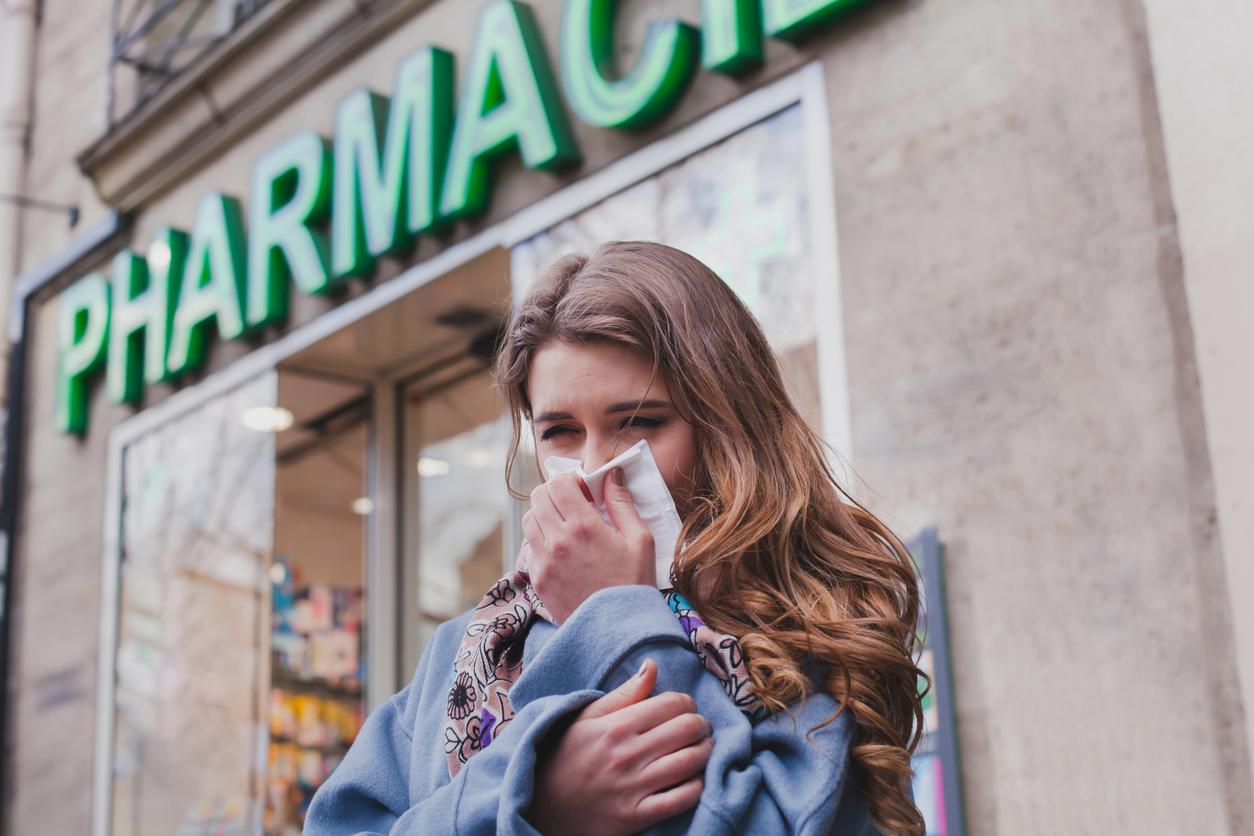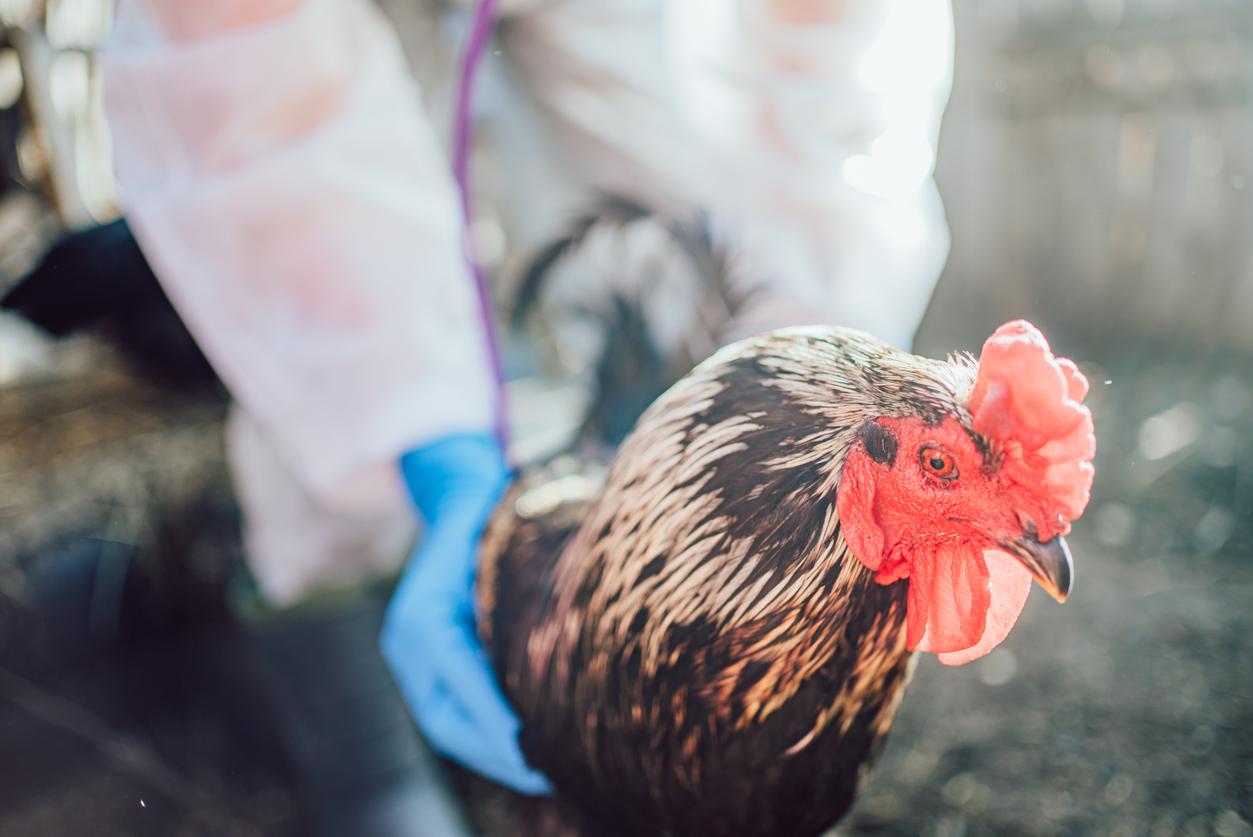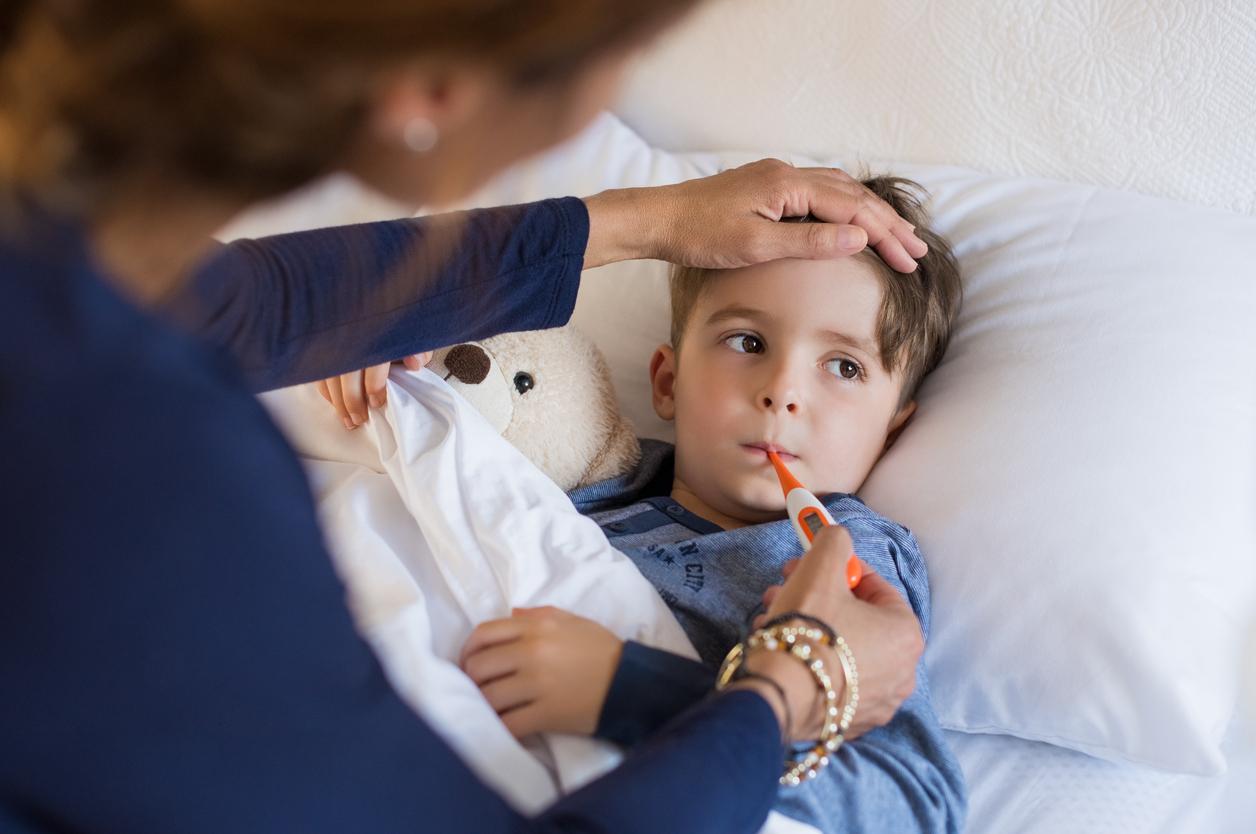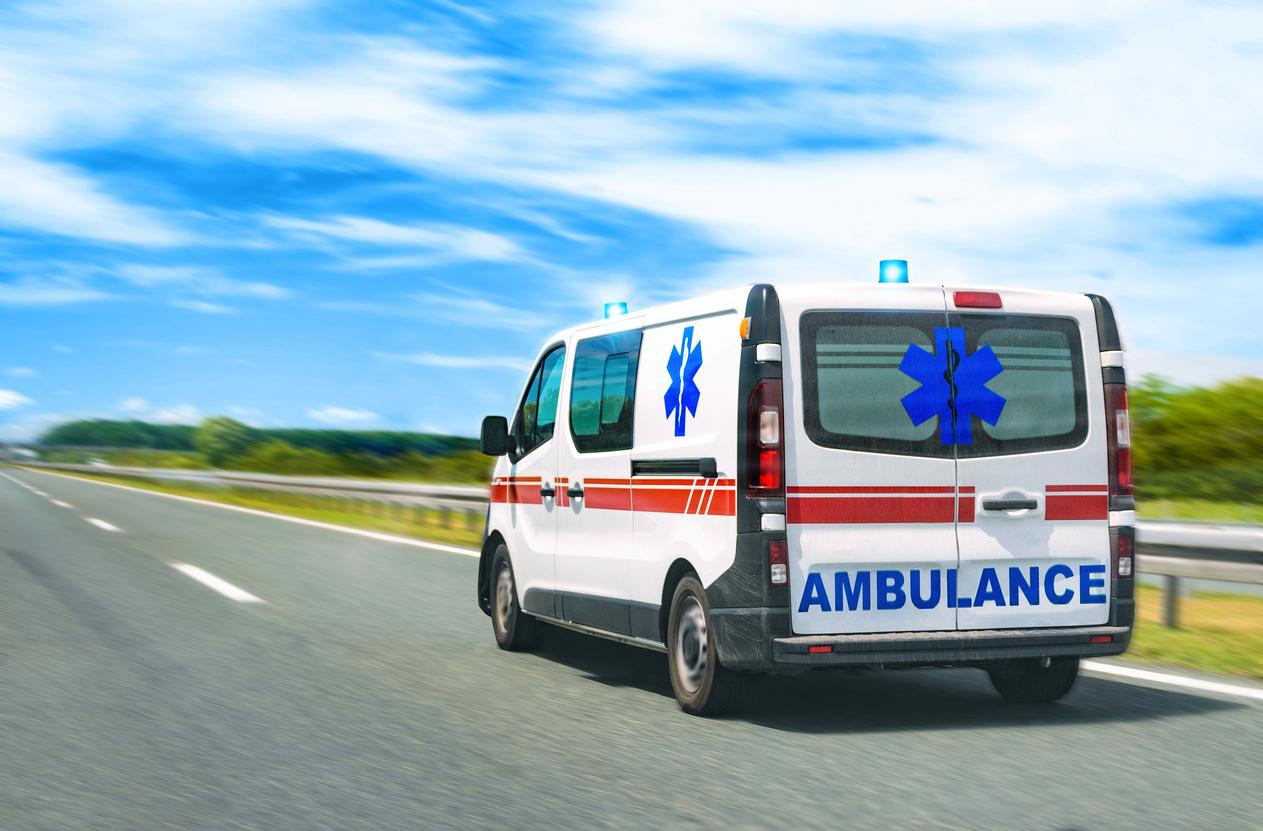In recent weeks, Public Health France has observed an increase in visits to Emergency Departments for suspected Covid-19 infection. At first, it is mainly the EG.5.1 variant, called Eris, which seemed to be spreading. But health authorities have just confirmed that another variant, the BA.2.86 variant, called Pirola on social networks has also appeared in France. This Pirola variant is the subject of particular attention at the international level due to its atypical genetic profile and the significant number of mutations it presents.
The vaccination campaign starts on October 2: for whom?
Faced with the increase in new cases, the Committee for Monitoring and Anticipation of Health Risks (COVARS) has brought forward the launch date of the vaccination campaign. To do this, the new vaccines will be made available to the most vulnerable populations from October 2“while maintaining the principle of concomitant anti-flu and Covid-19 vaccination planned from October 17 for all targeted people who were unable to be vaccinated earlier” underline the health authorities.
The vaccination campaign against Covid-19, brought forward by 15 days, will begin on October 2 to protect the most vulnerable people.
— Ministry of Health and Prevention (@Sante_Gouv) September 15, 2023
Are considered “fragile” in the face of Covid-19:
- All people aged 65 and over
- People with a higher risk of a serious form of the disease (complicated arterial hypertension, heart, vascular, liver, kidney, lung problems, diabetes, obesity, cancers, transplant recipients, people with Down syndrome or psychiatric disorders or dementia )
- Immunocompromised people
- Pregnant women
- Residents in accommodation establishments for dependent elderly people (EHPAD) and long-term care units (USLD)
- People living in close proximity to or in regular contact with immunocompromised or vulnerable people, including professionals in the health and medicosocial sectors.
Appearance of new unusual symptoms
In three and a half years of circulation of the virus, doctors from different countries have been able to list several symptoms, some of which have appeared recently such as:
- frostbite
- hearing loss
- a hiccup that lasts
- legs that turn blue…
“Covid is a bit of a five-legged sheep with its triple tropism (respiratory, enteric, and neurological), it presents increasingly atypical signs, even if they remain exceptional,” explains Xavier Lescure, infectious disease specialist at the Bichat hospital in Paris, Capital magazine.
Should we be worried about the new Pirola variant?
“At this stage the emergence of the BA.2.86 variant is still too early to be able to assess its characteristics and its impact” underlines Public Health France. “However, the immune status of the world population is very different from what it was at the emergence of Omicron with a significant proportion of people vaccinated or having been infected by different successive variants, making it possible to maintain a certain protection, particularly against severe forms.
The main characteristic symptoms of Pirola are very similar to those of the flu:
- A fever of 38°C persisting for several days
- Symptoms similar to a severe cold
- Headaches
However, most of those affected (especially in Catalonia, Israel, Denmark or Sweden) showed no apparent symptoms.
What are the symptoms of the Eris variant
The EG.5 variant is a descendant of omicron, which remains the most common strain of coronavirus in the world. Although it seems to be transmitted quite easily, it is not more virulent for all that and for the moment, there is no indication that it would cause a serious form of the disease.
The symptoms of this new variant are generally the same as for other Omicron strains. They understand :
- a dry cough
- headaches
- a runny nose
- sneezing
- sore throat
- fatigue.
These symptoms are often mild. “It’s probably because there’s so much immunity in the population that infections are going to seem a little less severe.” explains Professor Andrew Pekosz, vice-president of the Department of Molecular Microbiology and Immunology at Johns Hopkins University.
The people most at risk, who may need to consider wearing a mask again in transport and public places, are the elderly as well as those with comorbidities (cancer, diabetes, heart failure, COPD, obesity, etc.).

















